Leigh Wells is een illustrator uit San Francisco

Classification Kingdom
client: “Science Times” (NYT)
client: “Science Times” (NYT)

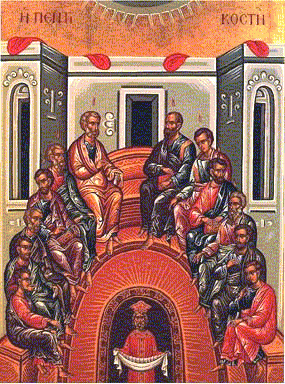
Toen onderstaande postzegel op 15 oktober 1915 werd uitgegeven, was het middeleeuwse vestingstadje Ieper na twee verschrikkelijke veldslagen verwoest en stak de toen 600 jaar oude lakenhal als een ‘oude kies’ boven de ruïnes uit.
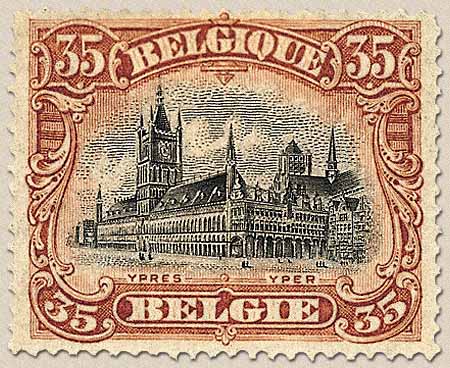


 In de voetsporen van Heidegger
In de voetsporen van Heidegger Voetnoten bij de 19e eeuw
Voetnoten bij de 19e eeuw Amerikaanse Burgeroorlog
Amerikaanse Burgeroorlog Napoleon en zijn schilders
Napoleon en zijn schilders Landschapsschilders uit de Goethezeit
Landschapsschilders uit de Goethezeit Schilders in Italië
Schilders in Italië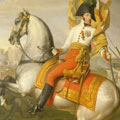 De schilder en zijn broodheer
De schilder en zijn broodheer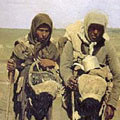 De waakzaamheid van het hart
De waakzaamheid van het hart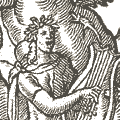 Ovidius’ Metamorphosen
Ovidius’ Metamorphosen Dantes Divina Commedia
Dantes Divina Commedia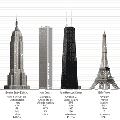 Wolkenkrabbers
Wolkenkrabbers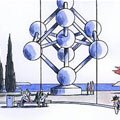 Op zoek naar de atoomstijl
Op zoek naar de atoomstijl Een avontuur van luitenant Blueberry
Een avontuur van luitenant Blueberry My favourite things
My favourite things